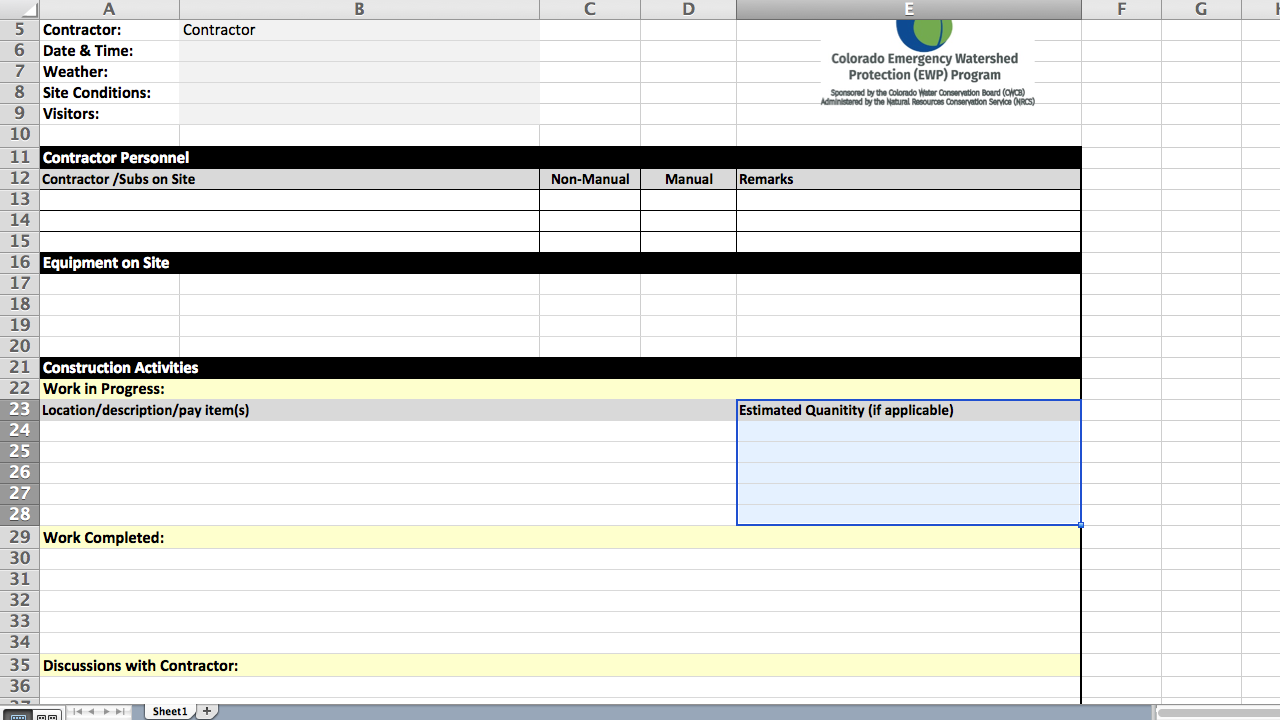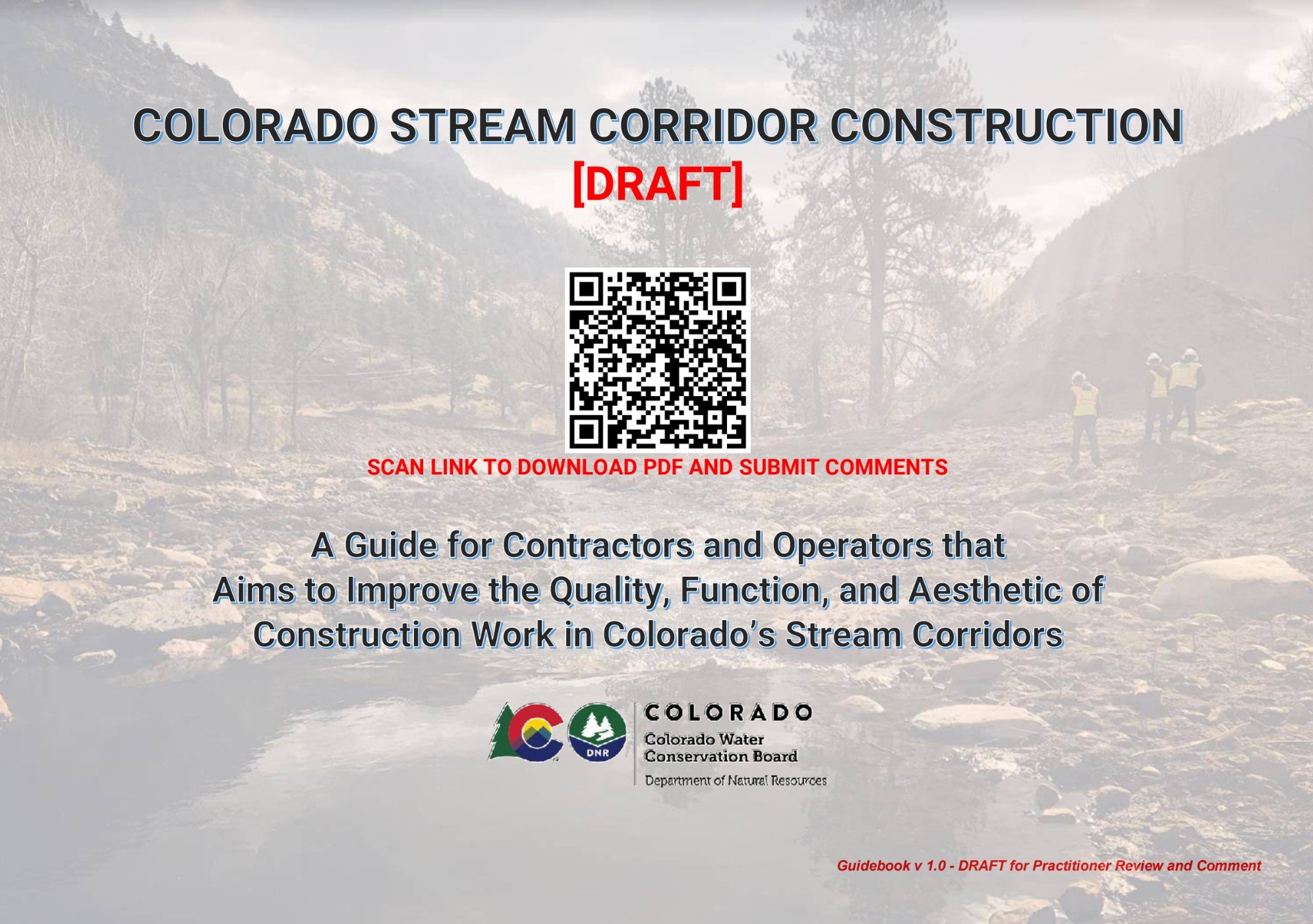
Implementation Resources
Natural environments are complex and ever changing. These complexities make construction plans difficult to translate and implement exactly as they are shown. Because of this uncertain environment, stream work often involves a field-fit component and it is highly valuable--necessary even--for the design engineer (or a representative) to be significantly involved in the pre-construction and construction oversight process. In this context, we are not referring to construction management, i.e. someone in the field simply observing and measuring daily progress, but instead the oversight of an actual river engineer, geomorphologist, or ecologist (depending on the work being completed) that can make direct and immediate decisions about design and implementation in the field. We have found that contractors appreciate the efficiency of having a “decision-maker” on site to answer questions and ensure that the end product closely resembles a stream corridor in its most natural form. The resulting collaborations often led to our best flood recovery projects.Project Construction
Example Pre-Construction Checklist
This document is an example of a Pre-Construction Checklist that outlines the tasks, roles, and responsibilities of the design consultant, the construction contractor, and the project owner before construction can begin.
Weekly Construction Notes Template and Example
This document provides a template for and an example of a weekly construction update. These updates should be written in layperson’s language and used by the project sponsor to keep landowners and stakeholders updated on project progress.
Daily Construction Observation Report Template
This is a template for the construction oversight team to use on a daily basis to document detailed observations of work activities and action items. These reports are the technical records of construction for project sponsors and may be requested by funding agencies during project closeout.
DRAFT - Stream Corridor Construction Guide
This resource is aimed to bridge the gap between designers and contractors. It aims to improve the quality, function, and aesthetic of stream corridor restoration projects in the state of Colorado.
Project Closeout
Sponsor’s Final Project Report Template
This template outlines the minimum requirements for the sponsor’s final deliverable report which is required for all Colorado Emergency Watershed Protection (EWP) Program participants. Final reports must be submitted to the Colorado Water Conservation Board (CWCB) with other project close-out materials within 30 days of project completion.
Final Construction Report Template
This template provides a suggested outline for the Final Construction Report, which should be completed by the project’s Design and Construction Oversight Team and submitted to the local project sponsor less than 30 days after the project’s completion as part of the project’s close-out process.
Final Inspection Documentation Memo Template
This memo template can be used to document the occurrence of the final inspection, is is a required part of project close-out, including the inspection date, participants, and resulting action items.
Fact Sheet: US Army Corps of Engineers Section 404 Permit Closeout
Local project sponsors must closeout the US Army Corps of Engineers (USACE) Section 404 Nationwide Permit when construction of an EWP project is complete. This brief fact sheet provides instructions on completing and returning the Certification of Completed Work form to the USACE.








